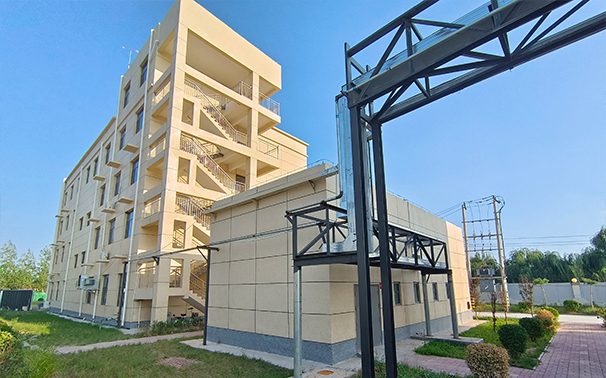different types of flocculants
Exploring Different Types of Flocculants
Flocculants are crucial agents used in various industries to enhance the separation of particulate matter from liquids. Their primary function is to facilitate the clumping together of particles into larger aggregates, or flocs, which can then be easily removed from the solution. This process is vital in sectors such as water treatment, mineral processing, and wastewater management. Understanding the different types of flocculants and their applications is essential for optimizing operational efficiency and effectiveness.
1. Natural Flocculants
Natural flocculants are derived from plant or animal sources and are often preferred for their eco-friendliness and biodegradability. Common examples include starches, gums, and proteins. These substances work by neutralizing the charges on suspended particles, promoting their aggregation.
For instance, starch-based flocculants are widely used in drinking water treatment due to their ability to enhance sedimentation processes. Additionally, biopolymers like chitosan, extracted from crustacean shells, show great promise in various water purification applications because of their natural affinity for colloidal materials. Natural flocculants generally have a lower environmental impact, making them a sustainable choice in many scenarios.
In contrast to their natural counterparts, synthetic flocculants are chemically manufactured and tend to be more effective at lower dosages. They are often categorized into three main types anionic, cationic, and nonionic flocculants.
- Anionic Flocculants These flocculants carry a negative charge and are highly effective in neutralizing positively charged particles, which are prevalent in metal and phosphate removal processes. Anionic flocculants excel in applications involving high turbidity levels.
- Cationic Flocculants With a positive charge, cationic flocculants interact well with negatively charged particles, making them ideal for wastewater treatment in industries like textiles and paper manufacturing. They are known for enhancing the settling of organic materials.
different types of flocculants

- Nonionic Flocculants These flocculants have no charge and are used in a broad range of applications. Their effectiveness is often attributed to their molecular weight and configuration, which can stabilize or destabilize suspensions based on the system's requirements.
3. Inorganic Flocculants
Inorganic flocculants, such as aluminum sulfate (alum) and ferric chloride, have been widely utilized in municipal water treatment for decades. They work by coagulating particles and improving their settling characteristics through a charge neutralization mechanism.
Alum, for example, is economical and effective in purifying drinking water. It promotes water clarity by forming precipitates that trap suspended particles. Ferric chloride is another potent inorganic flocculant used for its excellent phosphorus removal capabilities in wastewater treatment, helping prevent eutrophication in receiving water bodies.
4. Selecting the Right Flocculant
Choosing the appropriate flocculant depends on several factors, including the nature of the particles to be removed, the pH of the solution, and the specific industry requirements. Conducting jar tests, where different flocculants and doses are tested on a small scale, can help identify the most efficient option before full-scale application.
Conclusion
Flocculants play a vital role in improving the efficiency of solid-liquid separations across various industries. From natural substances that offer environmental benefits to synthetic and inorganic options providing enhanced performance, understanding the different types of flocculants and their specific applications is key to optimizing processes and ensuring compliance with environmental regulations. As industries continue to seek more sustainable practices, the development and application of innovative flocculants will remain a critical area of focus, contributing to cleaner water and improved resource management.
-
The Power of Isothiazolinones in Modern ApplicationsNewsMay.08,2025
-
Flocculants in Water TreatmentNewsMay.08,2025
-
Flocculants and Chemical Solutions: What You Need to KnowNewsMay.08,2025
-
Flocculants and Chemical Solutions: A Growing IndustryNewsMay.08,2025
-
Essential Chemicals: Polymaleic Anhydride and MoreNewsMay.08,2025
-
Acrylic Polymers: Essential Solutions for IndustryNewsMay.08,2025





